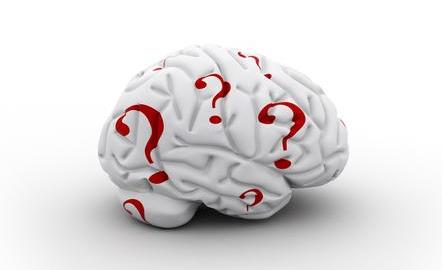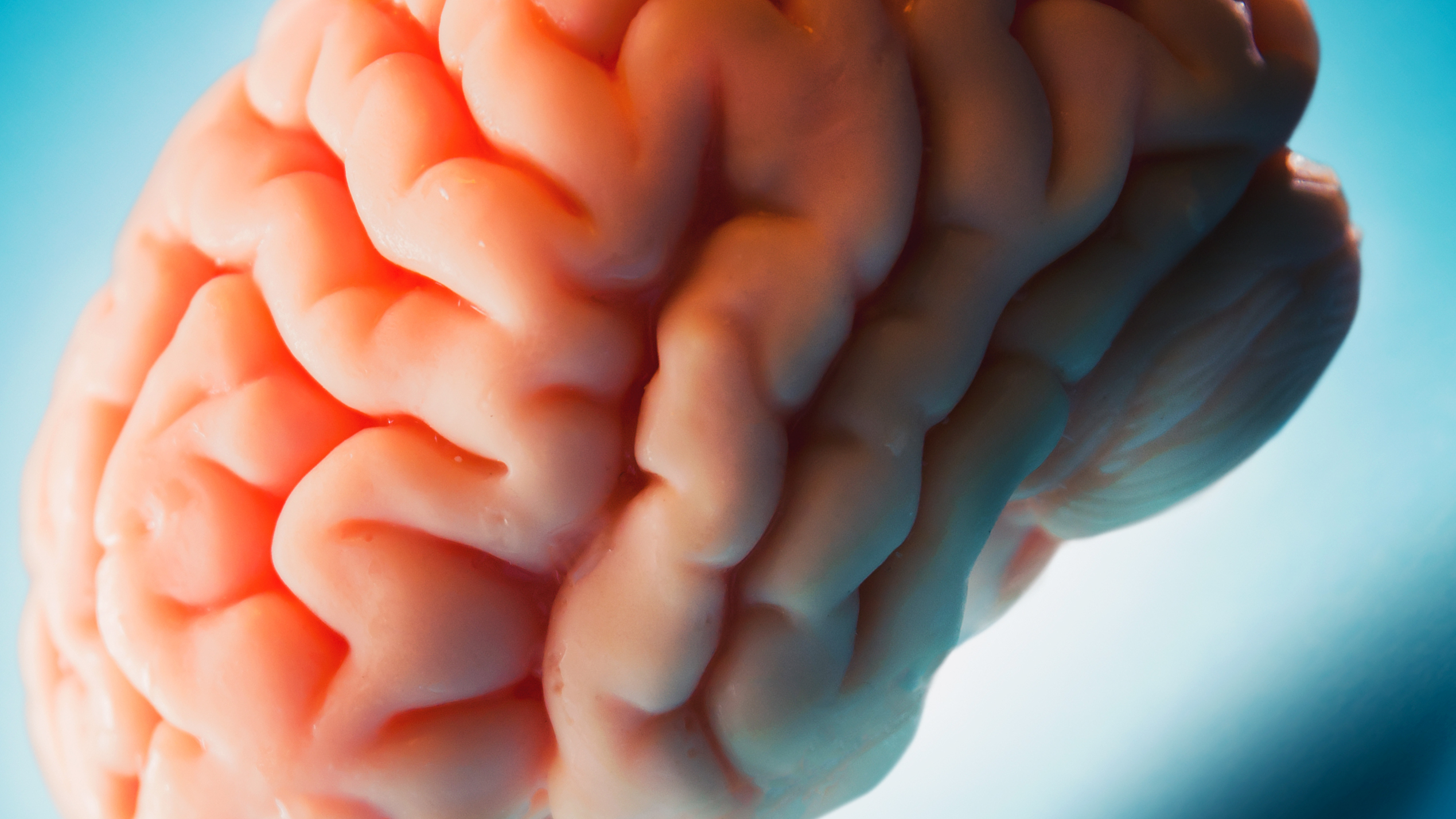Busting 3 Common Brain Myths

What’s the Latest Development?
Fundamental myths about how the brain works persist in society, even among teachers with an expressed interest in neuroscience, despite the rapid growth in science’s understanding of our thinking organ. The first pervasive myth is that we only use 10 percent of our brain. “Contrary to popular belief, the entire brain is put to use—unused neurons die and unused circuits atrophy. Reports of neuroimaging research might perpetuate the myth by showing only a small number of areas ‘lighting up’ in a brain scan, but those are just areas that have more than a base line level of activity; the dark regions aren’t dormant or unused.”
What’s the Big Idea?
Two other significant brain myths are that (2) environments rich in stimuli improve the brains of preschool children and (3) individuals learn better when they receive information in their preferred learning style, whether auditory, visual or kinesthetic. Concerning the first myth, a normal environment provides sufficient stimuli to enrich a child’s brain. Concerning the second, experiments performed by cognitive psychologist Daniel Willingham have shown that “visual presentation led to better memory, but there [is] no relationship between the learners’ preferences and the instruction style.”
Photo credit: Shutterstock.com





